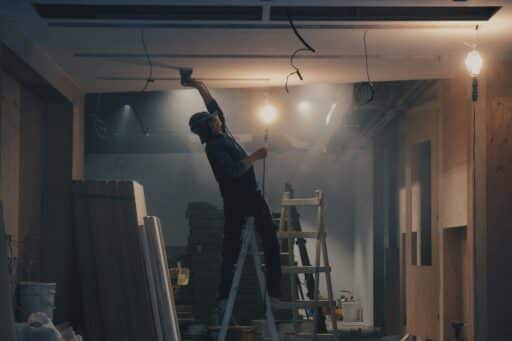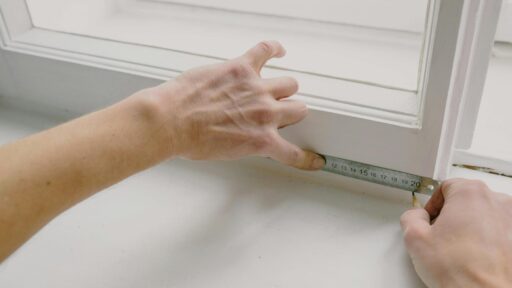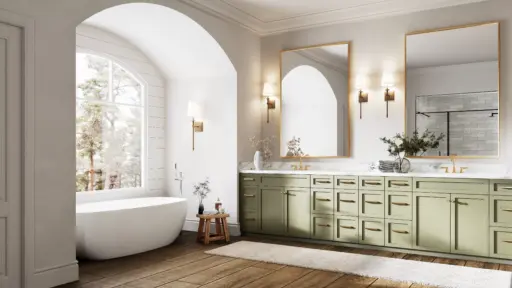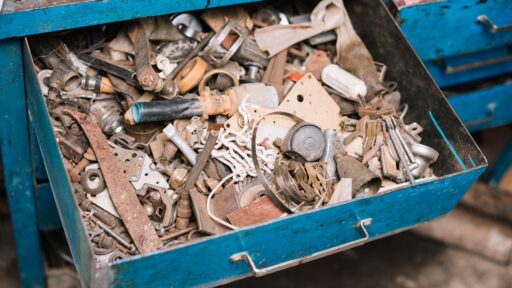Renting out your house can be a smart way to earn income, but success depends on preparation. A house that feels clean, safe, and welcoming attracts reliable tenants who treat it with respect. Without the right steps, you may face complaints, repairs, or even long vacancies.
The good news is that with a little effort upfront, you can avoid many problems later. By focusing on cleaning, repairs, safety, and comfort, you set your rental property up for long-term success.
Here are seven essential ways to prepare your house for rent, along with expert tips and common mistakes to avoid.
1. Deep Clean Every Room
A spotless home creates the right first impression. Tenants notice small details, and a clean home shows that you care.
Start by scrubbing the kitchen. Wipe down cabinets, disinfect counters, and clean appliances inside and out. Pay attention to the oven, microwave, and refrigerator, since these areas collect hidden grease and stains. In the bathroom, scrub tiles, polish mirrors, and disinfect toilets. Wash or replace shower curtains if needed.
Do not forget the windows. Clean glass inside and outside, so natural light makes each room brighter. Dust blinds, ceiling fans, and vents, since dirt in small places leaves a poor impression. Vacuum carpets thoroughly and consider professional cleaning if stains remain. For hardwood or tile, mop with a quality cleaner for a polished look.
Expert Tip: Use natural scents like lemon or lavender when cleaning. A fresh smell can make tenants feel instantly at home.
2. Handle Repairs Quickly
Small issues become big headaches if ignored. Tenants want everything in working order when they move in.
Check every room carefully. Fix leaky faucets, tighten loose cabinet handles, and replace light bulbs. Repair or replace broken locks, and make sure every window opens and closes smoothly. Take care of loose tiles, squeaking floorboards, and tiny holes in the wall.
Inspect kitchen appliances to ensure they work. Replace old smoke detector batteries and confirm outlets are safe. A house free of problems builds trust with tenants and reduces calls after moving in.
Expert Tip: Create a repair checklist and walk through the property room by room. This ensures you do not miss small details.
3. Refresh Walls with Paint
A home feels brand new and brighter as soon as it gets new paint. Walls with stains or faded colors can discourage tenants.
Neutral colors like beige, cream, or soft gray are good choices. These colors appeal to most people and allow tenants to picture their furniture. Don’t use bright or dark colors because they make it hard to decorate.
A fresh coat also covers scratches, scuffs, and small marks from past tenants. For trim, consider bright white, which creates a clean contrast with the walls.
Expert Tip: Use washable paint finishes, especially in high-traffic areas. Tenants can clean walls easily, which keeps the property looking good longer.
4. Improve Curb Appeal
The exterior is the first thing tenants see. Others might think the inside is the same if the exterior looks like it hasn’t been taken care of.
Start with basic yard care. Mow the lawn, trim hedges, and remove weeds. Sweep the sidewalk and driveway to keep the entry neat. Sweep the sidewalk and driveway to keep the entry neat. If the concrete slabs look damaged or uneven, hire professionals to repair them for a safe and polished look.
Clean the front door and paint it if it seems old. Change out old house numbers and a broken mailbox with a new one.
Putting flowers or plants in pots near the front door makes it feel warm and inviting. Clean gutters and remove any debris. Tenants appreciate a property that looks safe and cared for from the start.
Expert Tip: Take photos of your house after boosting curb appeal. With these new pictures, your online rental ad will stand out.
5. Check Safety Features
Safety builds trust and protects you from liability. Tenants must feel secure in your property.
Test all smoke alarms and replace batteries right away. Check carbon monoxide detectors and add more if your state requires them. Confirm that exterior doors have working locks, and that windows close securely. Inspect stairways for loose railings, and repair cracked steps immediately.
Place at least one fire extinguisher in the kitchen or utility area. Walk through the property at night to check outdoor lighting. A safe home reduces risks and keeps tenants comfortable.
Expert Tip: Review local landlord laws for safety requirements. Meeting them not only protects tenants but also shields you from legal issues.
6. Inspect Plumbing and HVAC
Many renters care most about comfort and systems that work well.
Check under sinks for leaks or water stains. Flush toilets to ensure they work properly. Run all faucets to check for steady water pressure and look for slow drains. Check to see if the water heater has any rust or leaks.
For the HVAC system, replace air filters and confirm vents provide steady airflow. Schedule a professional inspection if the system has not been serviced recently. Tenants are more likely to stay longer when heating and cooling work without issues.
Expert Tip: Provide tenants with the correct size air filters. This encourages them to replace filters regularly, protecting your system.
7. Document with Photos
Photos protect you from future disputes and help market the property.
Take clear, well-lit photos of every room before tenants move in. Include close-ups of appliances, flooring, and windows. Photograph bathrooms, closets, and even the garage. Save digital copies in a secure folder for easy access.
You can use some of these pictures in your renting ad. Quality pictures attract more tenants and help your property stand out in a crowded market.
Expert Tip: Add a date stamp to your photos for clear records. This makes documentation stronger if you face disputes later.
Common Mistakes to Avoid
Even experienced landlords overlook important details. Here are some common mistakes:
- Skipping professional cleaning for carpets and floors.
- Leaving old paint colors that turn off potential tenants.
- Forgetting to check smoke alarms or carbon monoxide detectors.
- Ignoring minor plumbing leaks that become bigger issues.
- Listing pictures that are too dark or of poor quality can turn off potential renters.
- Avoiding these mistakes saves time and money while improving your rental experience.
Quick Checklist Before Listing Your House
- Deep clean every room and remove odors.
- Repair small issues like leaks, squeaks, and cracks.
- Paint walls with light, neutral shades.
- Mow the lawn and refresh the entry.
- Test smoke alarms and safety devices.
- Service plumbing and HVAC systems.
- Photograph the property before tenants move in.
Final Thoughts
Preparing your house for rent requires effort, but the rewards are worth it. A clean, safe, and comfortable property attracts better tenants and protects your investment. By following these seven steps, you build trust, avoid costly problems, and set the stage for long-term success.
When tenants walk into a home that feels cared for, they are more likely to stay longer and treat it with respect. That means fewer vacancies, a steady income, and peace of mind for you.








